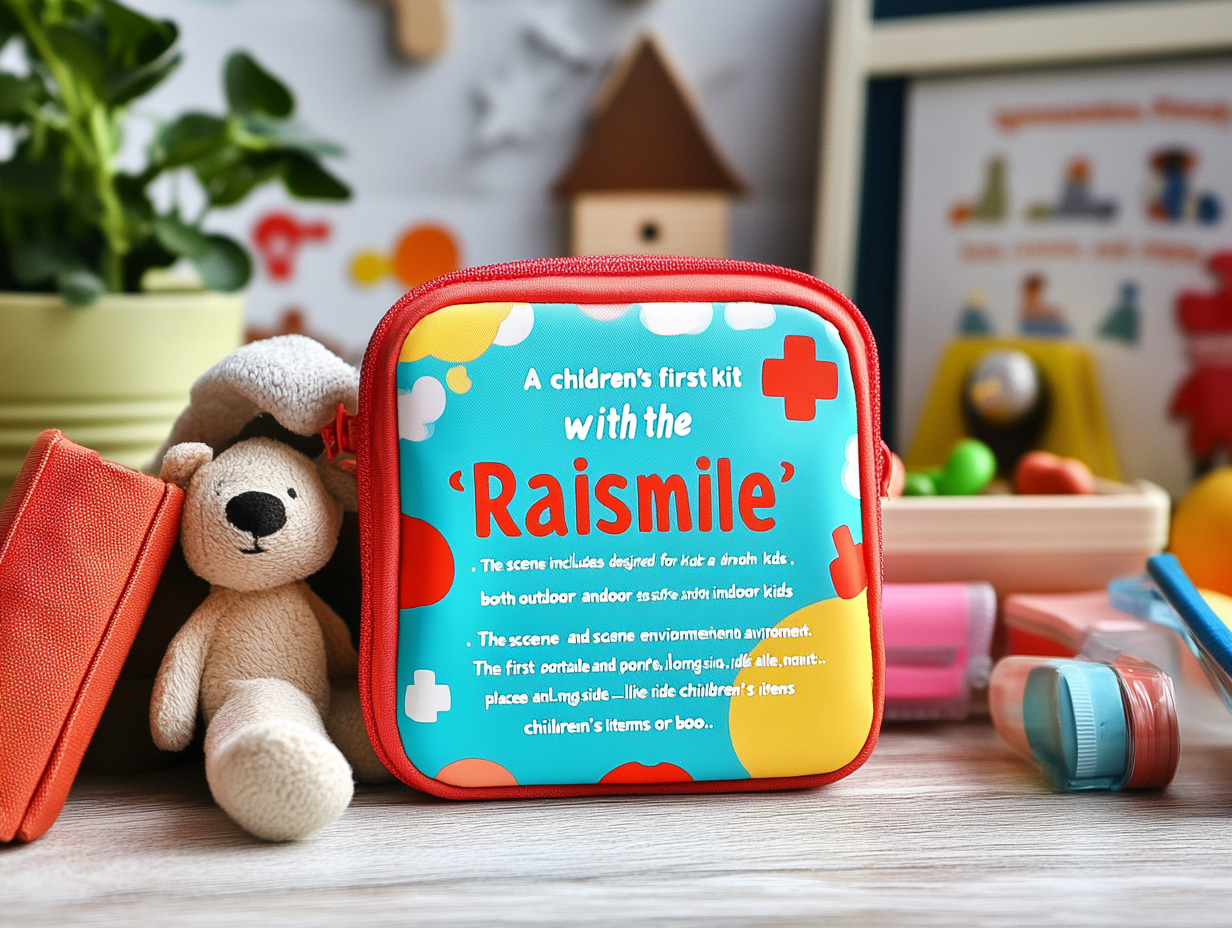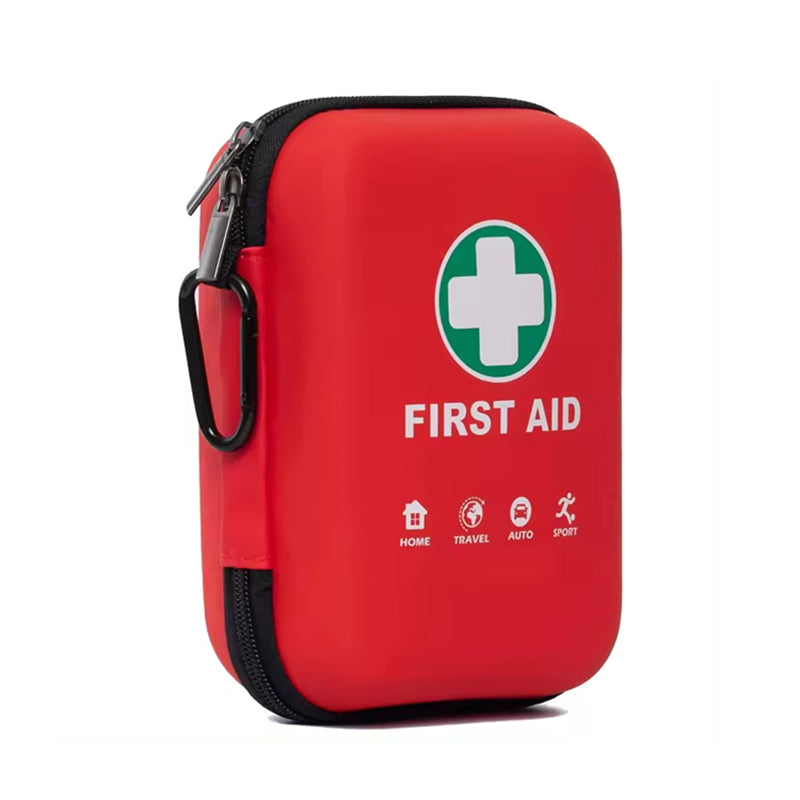How to Choose the Right First Aid Kit for Children: A Must-Read Guide for Parents

As children grow, minor accidents are inevitable. A well-equipped first aid kit can provide essential help in emergencies and reduce the risk of injury.
However, with so many options available, how can parents select the best one? This guide offers practical advice on choosing the right first aid kit for children.
Key Factors in Choosing a Children's First Aid Kit
1. Packaging Design
The design of a first aid kit should be compact and portable, making it easy for parents to carry in a bag, store at home, or keep in a car.
Additionally, bright colors and cartoon-themed designs can attract children's attention, making them more willing to cooperate when needed.
2. Material Safety
Safety is a top priority when selecting children's products. The first aid kit should be made of non-toxic, eco-friendly, and durable materials to ensure long-term use without risk to a child’s health.
3. Essential Items Checklist
A well-stocked children's first aid kit should include the following items:
(1) Wound Care Supplies
-
Adhesive bandages (various sizes to accommodate different wound sizes)
-
Antiseptic wipes or alcohol pads (for cleaning wounds)
-
Sterile gauze and bandages (for covering larger wounds or stopping bleeding)
-
Medical tape (to secure gauze or bandages)
(2) Basic Medications
-
Fever reducers (such as acetaminophen or ibuprofen, in appropriate doses for children)
-
Povidone-iodine solution (a gentler alternative to iodine for wound disinfection)
-
Calamine lotion (to relieve itching from insect bites and skin irritation)
(3) First Aid Manual
A simple and easy-to-understand first aid guide can help parents or caregivers handle injuries and other emergencies correctly.
Selecting a First Aid Kit Based on Usage Scenarios
Different scenarios require different types of first aid kits.
1. Home First Aid Kit
-
Should be comprehensive, covering wound care, common illnesses, and injuries.
-
Best stored in an accessible location at home for immediate use.
2. School First Aid Kit
-
Should be compact and easy for teachers to manage.
-
Focuses primarily on wound care, such as adhesive bandages, antiseptic wipes, and bandages for minor injuries during playtime.
3. Outdoor First Aid Kit
-
Needs to be waterproof and moisture-resistant for outdoor activities.
-
In addition to basic first aid items, consider including insect repellent patches, herbal cooling oils, and sunscreen to handle bug bites and heat-related issues.
Recommended Brand
Among the many options available, Raismile is a popular choice among parents. Their first aid kits feature non-toxic, eco-friendly materials, a complete set of essential items, and detailed usage instructions—all at an affordable price.
Conclusion
Selecting the right children's first aid kit requires considering the child’s age, activity level, and specific needs. Start by determining the primary usage scenario, then evaluate packaging, material safety, and essential contents.
Parents, take action now! Equip your child with a reliable first aid kit and ensure their safety as they grow.
